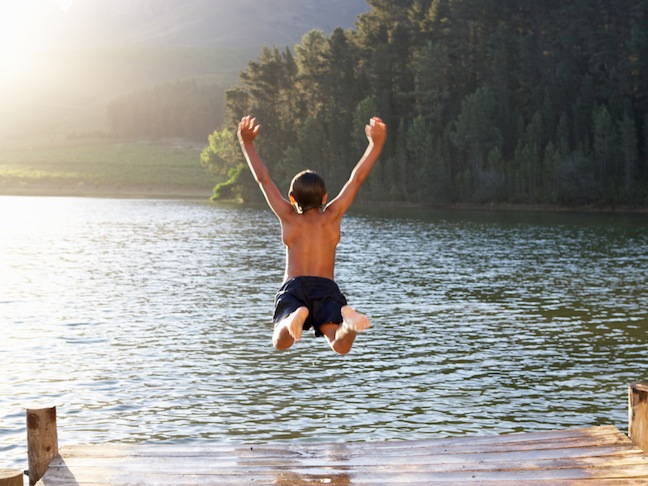Young children can drown in just a few inches of water. According to the National Safety Council, “an estimated 5,000 children ages 14 and under are hospitalized due to unintentional drowning-related incidents each year; 15 percent die in the hospital and as many as 20 percent suffer severe, permanent neurological disability.”
When in and around water this summer:
1. Practice touch supervision in and around water. Always be sure your child is within arm’s reach of you. Being close allows parents and caregivers to give children constant, close supervision when in and around water. The closer and more attentive you are, the quicker you can respond to your child, should the need arise. If you’re in the ocean, always put yourself between the child and the open sea.
2. Don’t have a false sense of security. The American Academy of Pediatrics cautions parents that they should not feel secure that their child is safe in water or safe from drowning after participation in an aquatics program. While it can be tempting to think your child is safe if he’s wearing floaties, water wings, or other arm devices, these are not a replacement for a Coast-Guard approved life jacket.
3. Be sure the water temperature is warm enough. Body temperature drops more quickly in the water than on the land. Parents must pay close attention to signs that their child is too cold while in the water. If a child is shivering, he should be taken out of the water immediately. According to KidsHealth.org, the ideal temperature for recreational swimming is 82-86 degrees Fahrenheit.
4. Fence in pools. The American Academy of Pediatrics suggests parents wait until their children are age 5 or older before installing a pool and that at least a 4 foot high fence in installed to separate the house and play areas from the pool. Fences should have properly working self-closing and self- latching latches on gates installed above a child’s reach. Be sure to inspect your fence often for potential safety issues.
5. Empty wading pools. According to a study released by Nationwide Children’s Hospital, every 5 days during the summer months, 1 child drowns in a portable pool. Many layers of protection should be used when children have access to a portable pool. Parents should always provide touch supervision, the pool should be emptied after use and if the pool is more permanent, it should be placed in a fenced in area of the yard.
Cooling off in pools, beaches and lakes during the hot summer months provides tons of summer fun, but the fun doesn’t come without risk. Be vigilant about keeping your children safe in and around pools. If you have a nanny caring for your children, the International Nanny Association recommends that nannies who spend time in and around water with children be lifeguard certified.








